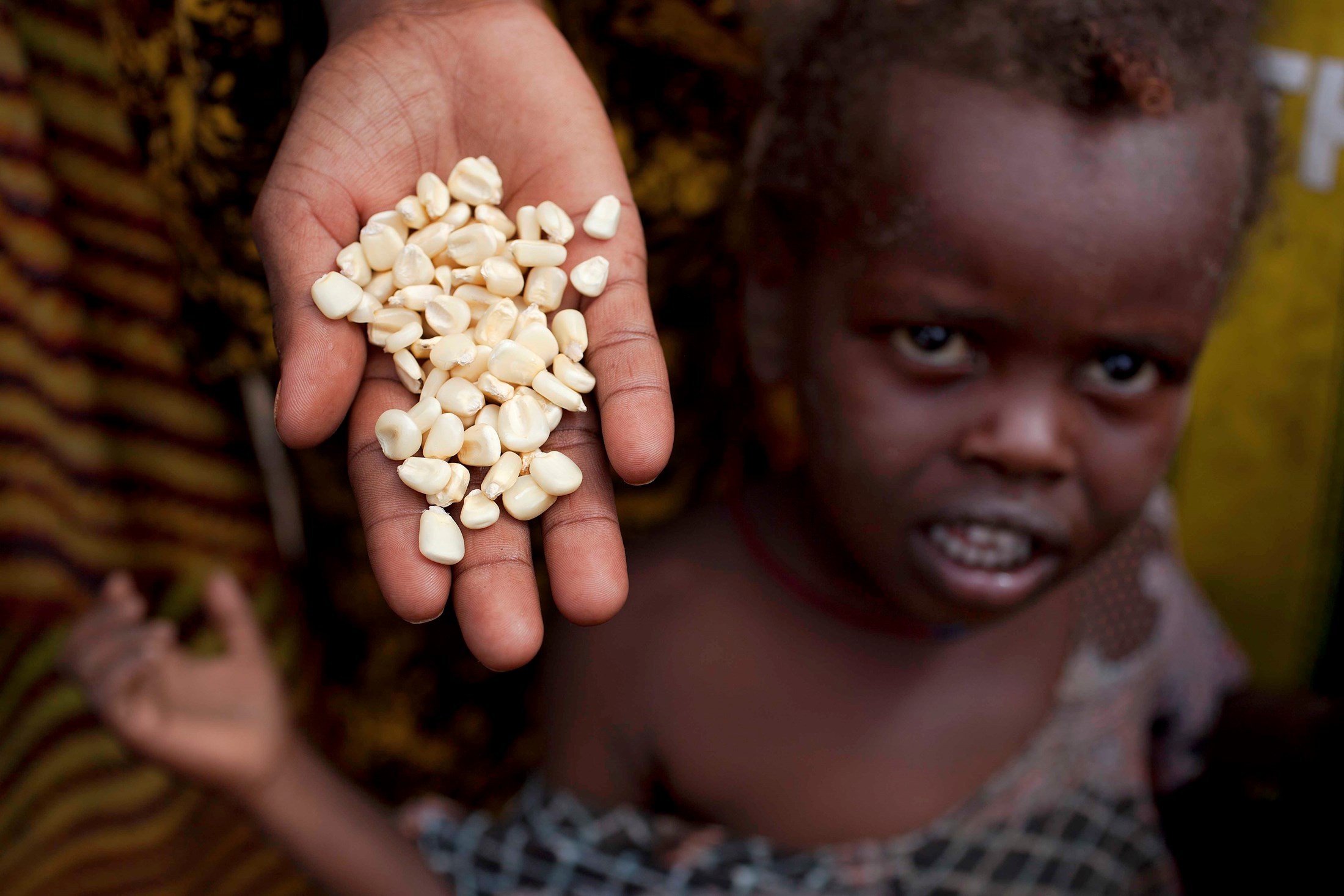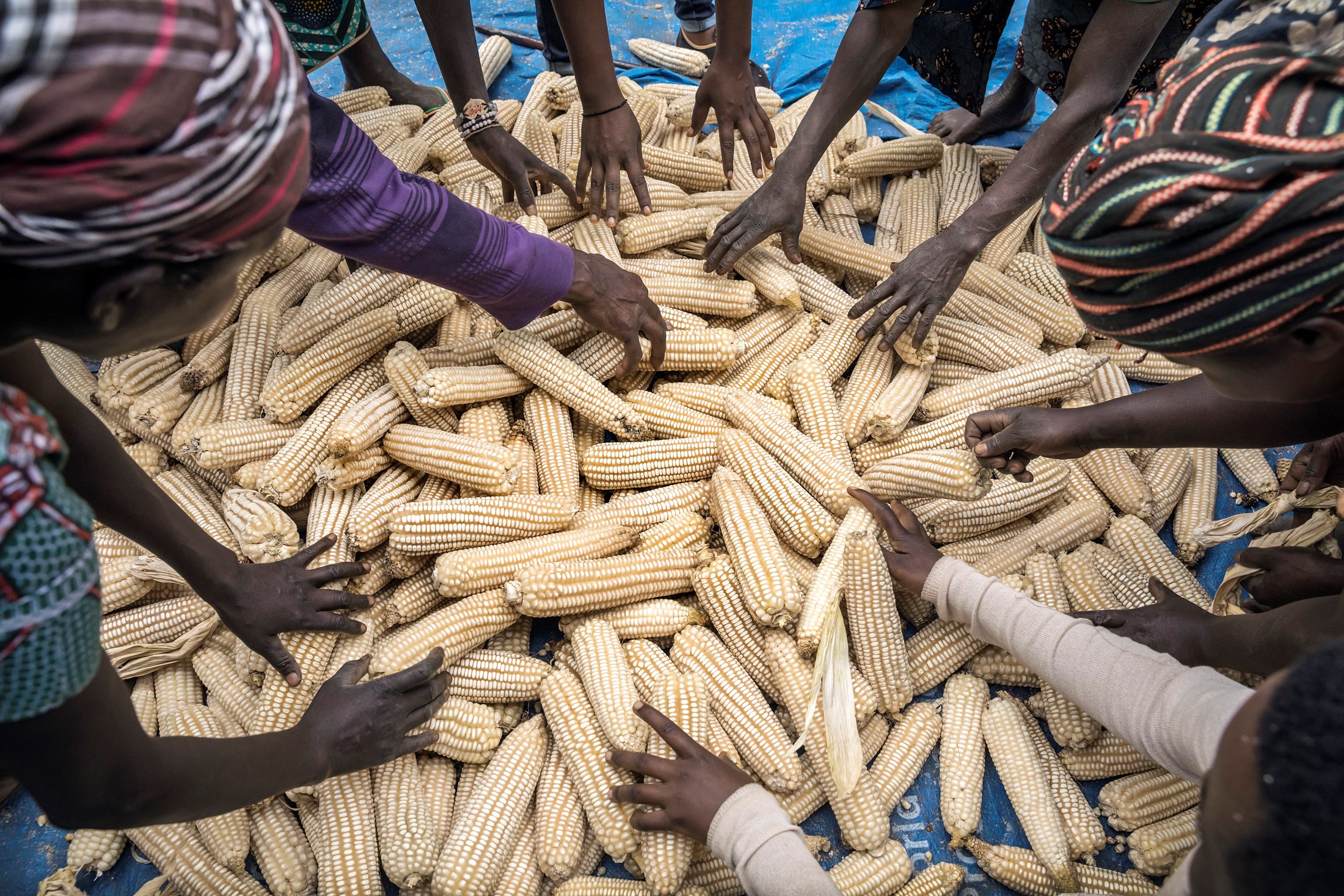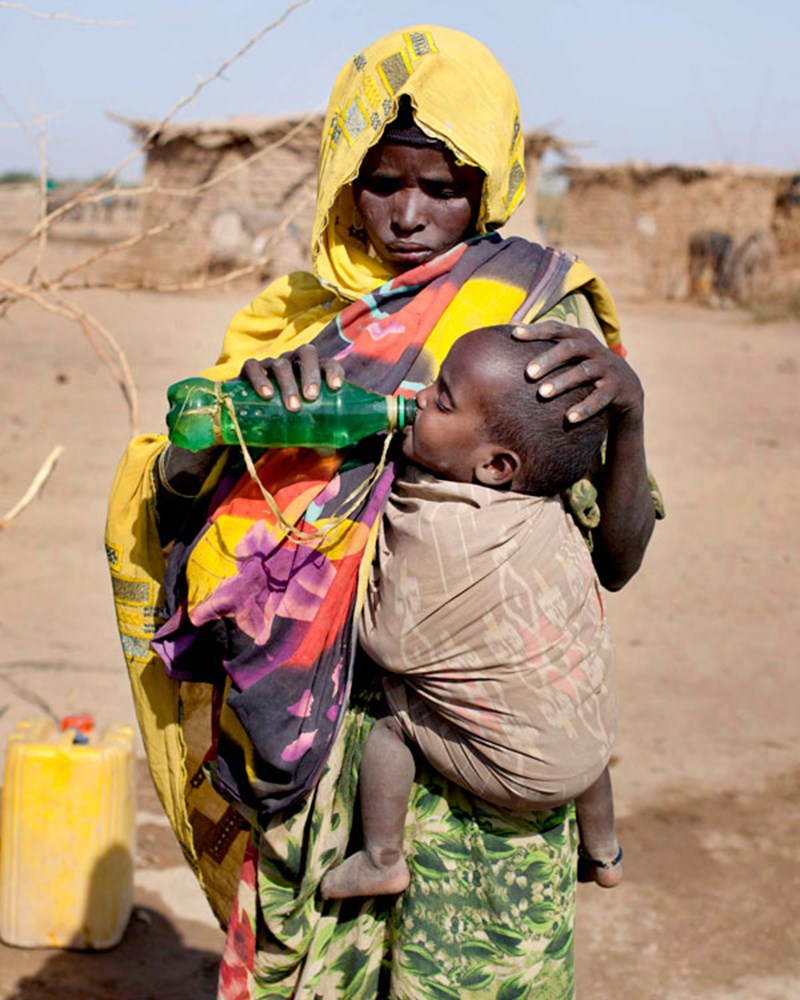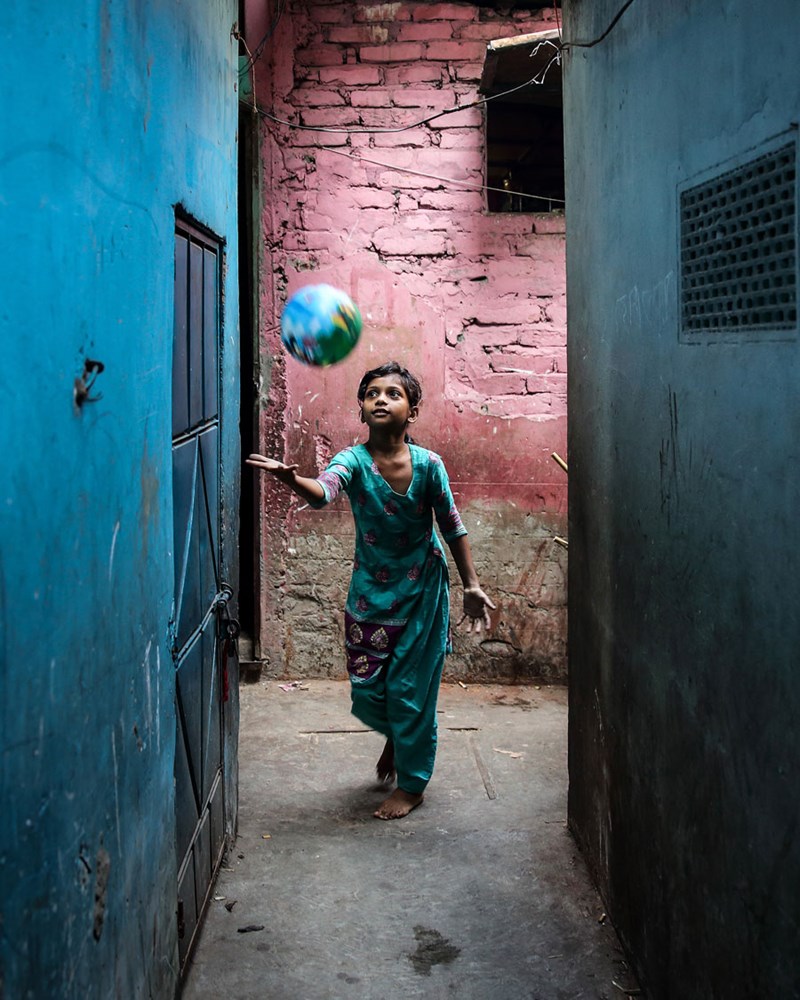In February, Russia’s invasion of Ukraine interrupted the flow of grain from Europe to Africa, creating another humanitarian crisis on a second continent. Fourteen African nations relied on Ukraine and Russia for half their wheat and when, those shipments were cancelled, the supply shock spiked the price of replacement wheat to its highest level in 40 years.
Prices eventually started falling in May, but in the interim, there were the makings of a modern famine, with world leaders sounding the alarm bell, calling for an influx of aid—money and pallets of food to be shipped to sub-Saharan ports immediately.
Even before the war in Ukraine, food aid had been skyrocketing, and it’s projected to keep rising through the end of the decade.
In one sense, this is a very good and necessary thing. The world should be generous and prevent people from going hungry. But in another sense, it doesn’t solve the larger problem. The goal should not simply be giving more food aid. It should be to ensure no aid is needed in the first place.
But it’s worth stepping back and asking a basic question: Why did a crisis in Eastern Europe threaten to starve millions of people six thousand miles away?
It’s a complex issue. But mostly, it’s a story about where it’s easy to produce food—and where it isn’t.
Since the 1960s, agricultural productivity has increased all over the world. Farmers saw their harvests get bigger, but they didn’t get bigger everywhere at the same rates.
In places like China and Brazil, harvests boomed, while productivity in many South-East Asian countries—Laos and Cambodia, for instance—lagged behind the global average. In sub-Saharan Africa, harvests grew much more slowly than those anywhere else in the world—and not nearly fast enough to feed the domestic population.
When a region can’t grow enough to feed its people, there’s only one solution—to import food—which Africa does on the order of US$23bn a year.







